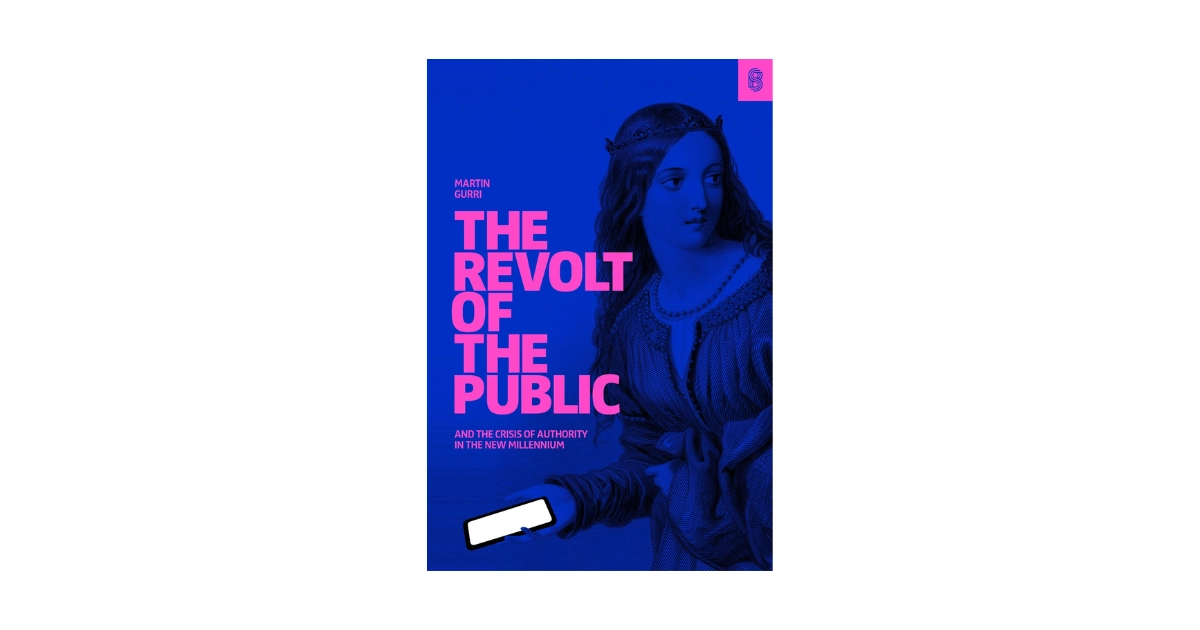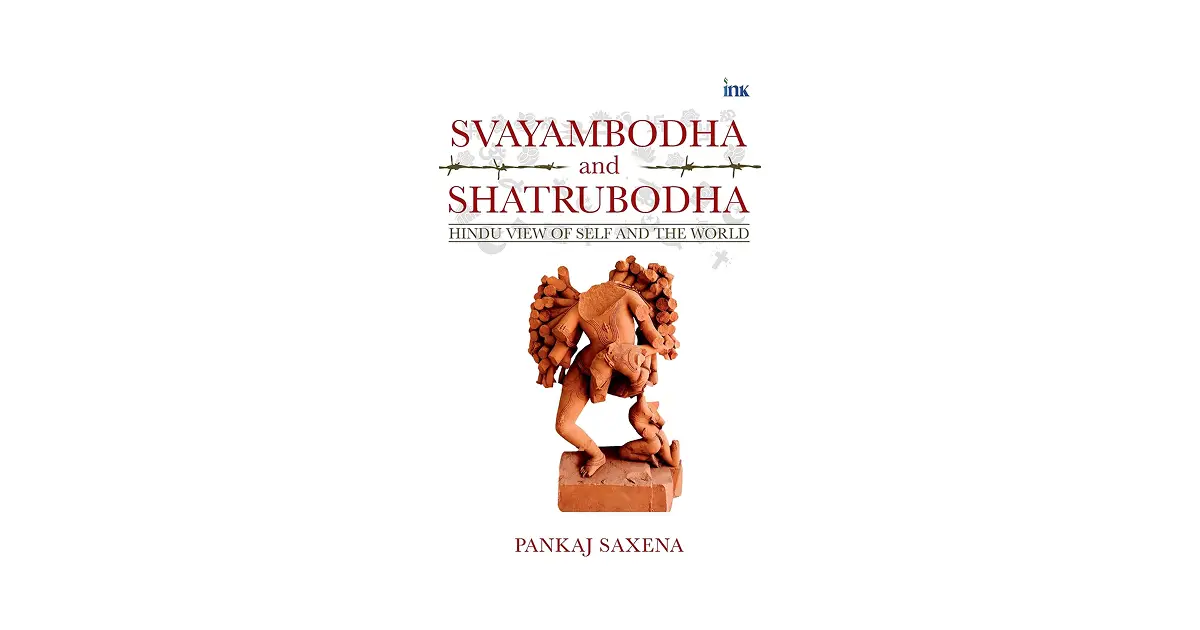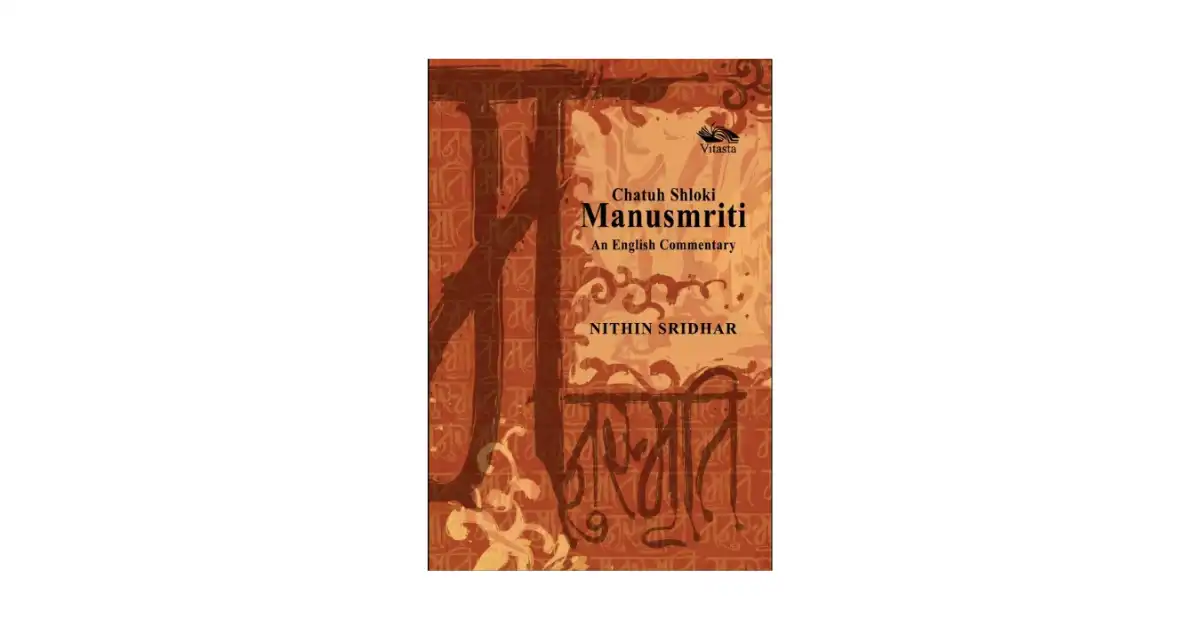Martin Gurri’s The Revolt of the Public and the Crisis of Authority in the New Millennium is an incisive exploration of the seismic shifts occurring in political and social structures due to the information revolution. A former CIA analyst specializing in open media, Gurri brings a deep understanding of the global information ‘tsunami’ and its impact on governments everywhere, and the downstream effect on the people. The foreword, written by Arnold Kling, a famed economist, states that Gurri “saw it coming”, prophetically predicting the manner in which the internet in general and social media in particular and the implications for the political landscape. From its very title, The Revolt of the Public signals its intellectual lineage, playing on José Ortega y Gasset’s The Revolt of the Masses. Where Ortega y Gasset warned of the dangers of an undisciplined mass asserting itself over the carefully maintained structures of high civilization, Gurri instead argues that the public’s revolt is not merely against culture or tradition or religion but against institutional authority itself. In the modern information age, the public is not just a mass responding to elite influence but a fragmented, networked force capable of challenging and often dismantling the legitimacy of governing bodies in real time — a fact that he establishes through multiple real examples.
At its core, his analysis revolves around what he terms the 'Fifth Wave'—a radical transformation in the nature and flow of information that has obliterated traditional gatekeeping mechanisms such as legacy media that once controlled the flow of information and shaped public discourse. Historically, these gatekeepers — governments themselves, legacy media corporations, academic institutions, and the political/cultural elite — functioned as intermediaries between information and the masses, curating what was considered legitimate knowledge, watering down by filtering out dissenting or disruptive narratives. However, with the advent of the internet and social media, these centralized entities in whom power was once concentrated have lost their exclusive influence and ability to shape reality. No longer does the public depend on a carefully curated newspaper or television news bulletin to get their information about the world. Rather, the public, armed with (mostly) unrestricted access to vast amounts of information, now bypasses traditional institutions, creating its own narratives, coalescing around niche shared interests and mobilizing organically without deference to established authorities. This upheaval, which is the focus of the book, has essentially dismantled the top-down information structure that once was a source of stability, replacing it with an unpredictable and even chaotic marketplace of competing truths. The rise of digital media has created an environment where the public, once a passive receiver of information, now actively challenges authority in real time, dismantling long-standing institutions and eroding trust in elites.
Gurri traces the historical trajectory of this phenomenon, explaining how previous information waves—the advent of writing, the printing press, and mass media—fundamentally reshaped governance and authority. The Fifth Wave, however, differs in its scale, speed, and decentralized nature. Unlike previous revolutions, which ultimately reinforced new institutional structures, this wave has destabilized all existing systems without offering a viable replacement. As information becomes abundant and uncontrolled, authoritative institutions — governments, media organizations, and corporations — find themselves increasingly unable to maintain their legitimacy. The public, empowered yet fragmented, exerts influence not through structured alternatives but through relentless negation, an almost instinctual dismantling of authority for its own sake.
One of the most striking consequences of this transformation is the phenomenon of negation. Gurri defines negation as the public’s capacity to resist, reject, and deconstruct institutional authority without presenting a coherent alternative. This dynamic is not merely oppositional but profoundly nihilistic: it is fueled by a loss of faith not just in specific leaders or policies but in the very legitimacy of governance itself. Gurri writes: “If hierarchy worships the established order, the network nurtures a streak of nihilism.” The public, fragmented yet unified in opposition, dismantles institutions that it deems illegitimate but offers no roadmap for reconstruction. This pattern, repeated across movements from the Arab Spring to the Occupy protests, creates a cycle of delegitimization where every new attempt at governance is met with the same unwavering skepticism and rejection.
A critical aspect of Gurri’s work is his discussion of the growing chasm between elites and the public, which he sees as the most existential threat to liberal democracy. The traditional elite — once safeguarded by their monopolization of information — have lost their ability to shape narratives unchallenged. This has led to an era of deep mutual distrust. The elites, exposed and defensive, respond with increasing insularity and condescension, further alienating the public. He writes -
The fracturing of the public along niche interests has unleashed swarms of networks against every sacred precinct of authority. Failure has been criticized, mocked, magnified. The result is paralysis by distrust… Networks can protest and overthrow, but never govern. Bureaucratic inertia confronts digital nihilism.
Meanwhile, the public, emboldened by its newfound power, engages in cycles of protest and resistance that often lack clear objectives beyond opposition itself.
Gurri argues that this elite-public rupture is evident in major political upheavals worldwide. The Brexit vote, the Arab Spring, the Yellow Vests in France, and the Trump presidency all stem from this dynamic: the public rejecting establishment control and demanding radical change without a unified vision for the future. Trump’s election, in particular, is emblematic of Gurri’s thesis. The traditional political establishment, including both major parties and media institutions, failed to anticipate the level of public disenchantment. Trump’s victory was not just an electoral upset but a manifestation of the public’s revolt against the status quo. His campaign thrived on an anti-elite, anti-establishment narrative, mobilized largely through digital platforms outside traditional media control. However, Gurri notes that this type of victory does not resolve the crisis — it only exacerbates it, as governance remains impossible under conditions of perpetual negation.
Gurri warns that the implications for liberal democracy are severe and permanent. As he characterises it:
The tug of war pits hierarchy against network, power against persuasion, government against the governed: under such conditions of alienation, every inch of political space is contested, and turbulence becomes a permanent feature of political life.
Gurri warns that the unchecked spread of negation risks rendering democracy unsustainable. When every institution is seen as illegitimate, every authority figure is distrusted, and every move of the government is subject to intense scrutiny and criticism with no room for mistakes, governance collapses into a cycle of conflict with the public rather than robust decision-making. Democracy, once predicated on trust and consensus, instead becomes a battleground where every move is viewed with suspicion. In Gurri’s opinion, this internal erosion poses a greater threat to democracy than any external force.
Gurri’s analysis of political ruptures that originate on the internet is both honest, thorough and deeply intuitive. His examination of government failures and their often reactionary responses highlights the delicate balance between control and chaos in the digital age. One striking example is his discussion of Wael Ghonim, the Egyptian national who started a Facebook group that catalyzed the 2011 protests, eventually leading to the overthrow of Hosni Mubarak’s government. Gurri unpacks how a single individual, empowered by digital platforms, can challenge and destabilize an entire regime, demonstrating how fragile institutional authority has become in the face of decentralized, networked opposition.
Similar patterns emerge globally, and can also be applied to the Indian context. Narendra Modi’s rise to power in some ways parallels Trump’s, driven by an organic and widespread rejection of establishment politics and elitist politicians. Modi, like Trump, harnessed anti-elite sentiment through digital platforms, circumventing traditional media and appealing directly to a public, frustrated by previous governments and eager to see radical change. The internet enabled an unprecedented level of direct communication between leaders and their base, hastening the collapse of institutional mediation.
On the flipside, one could argue that Gurri’s focus on the perils of disruption leads him to overlook the considerable advantages of the information revolution. The author’s preoccupation is with the erosion of the liberal democratic ideal and his deep seated fear is that the widening fissure of negation and mistrust between the public and the institutions of authority will inevitably grind democracy to dust. He writes, “Digital networks are egalitarian to the brink of dysfunction” — and this excessive focus on the erosion of authority minimizes the ways in which this newfound public power has, in fact, strengthened democracy by empowering the average citizen. The same digital tools that destabilize regimes have also democratized access to information, widening the possibility of holding political leaders and governments more accountable. Corruption, especially at the highest levels, once concealed by elite control of traditional media, is now exposed in real time. Electoral promises are scrutinized more rigorously, and those in power are less able to manipulate public perception without challenge. It has enabled the creation of an arena that enables the free exchange of ideas, that fosters an open-mindedness for innovation and solutions from all quarters. As Gurri himself notes -
That single independent channel of information thus holds the potential for radical change. It broadens Homo informaticus’ field of vision to encompass alternative values and systems. Most importantly, it shatters the illusion that his way of life is inevitable and preordained.
While Gurri pessimistically sees public backlash solely as a threat to liberal democracy and economic stability, it can also be viewed as a necessary and healthy component of democratic evolution — a force that forces adaptation, reform, and greater responsiveness from those in power.**
At the end, Gurri does not leave the reader without envisioning a path forward. He argues that the only antidote to negation and nihilism is the articulation of a compelling, positive shared vision. Leaders cannot merely react to crises—they must present an alternative that unites rather than divides. A psychologically potent antidote to nihilism is meaning, and meaning is constructed through narratives that inspire and cohere society. Gurri insists that elites must learn to engage the public not with condescension or fear but with a rhetoric that uplifts, one that provides not just critique but purpose. Without this, the default state of the public will remain one of perpetual rebellion, leading to even further societal fragmentation.
Gurri’s perspective aligns with ideas explored by Christopher Lasch in The Revolt of the Elites, a connection he discusses in an interview with Antonio García Martínez for The Pull Request. Lasch argued that the elites, detached from traditional social structures, abandoned their role as stewards of cultural and civic institutions, leading to a vacuum in leadership and accountability. Gurri builds upon this, suggesting that the revolt of the public is, in many ways, a response to the earlier revolt of the elites. To quote him, “The elites who control the institutions have never really trusted the public, which they considered animalistic and prone to bouts of destructiveness.” When those in power prioritize self-interest and withdraw from public engagement, the governed inevitably respond with skepticism and hostility. This interplay between elite detachment and public rebellion forms the crux of the crisis Gurri describes, highlighting that the erosion of trust is a two-way street — both the public and elites have contributed to the present state of dysfunction.
Gurri warns that the vacuum that is created must be filled to prevent collapse of societies and governments. He writes that this struggle-
Reflects a negation of the standing structures of knowledge. Impermanence signifies the demolition of the current structures of power and money. A large empty space, a conceptual hole, a nothingness, is in the process of creation, where once a complex society wrestled institutionally with its own contradictions and fallacies.
With an overwhelming amount of information being accessible, along with saturation of media, critical thinking is essential both for personal growth and safety and also for societal well-being. It fosters the ability to differentiate news from propaganda, truth from distortion, and information from manipulation. Without it, individuals are easily swayed by agenda-driven narratives that shape public perception through mechanisms like agenda-setting, framing, and priming. The way an issue is framed influences how it is perceived, and repeated exposure to certain narratives can prime individuals to view the world through a specific lens. This phenomenon, extensively studied in media theory, underscores the need for ethical journalism and an informed citizenry capable of questioning dominant narratives.
Martin Gurri’s work highlights the collapse of elite-controlled narratives, leading to a modern discourse marked by nihilism, distrust, and polarization. As traditional gatekeepers lose their monopoly over information, society experiences both utter freedom and complete chaos — an explosion of voices and narratives, yet a glaring inability to distinguish between wisdom and noise. This erosion of faith in institutions and leaders demands a philosophical grounding that can restore meaning and coherence, a role that Indian Knowledge Systems (IKS) can effectively fulfill.
Unlike Western frameworks that often separate rationality from intuition, Indian philosophy — especially as articulated by Sri Aurobindo — advocates an integral approach, uniting reason, ethics, and spiritual insight. This holistic framework moves beyond postmodern relativism and cynicism, offering a constructive synthesis of critical inquiry and higher purpose rather than mere deconstruction. IKS does not just critique the failures of the past; it constructs a viable and inspiring path forward by harmonizing material progress with spiritual evolution, fostering a vision of collective upliftment rather than endless negation.
The synthesis of critical thinking, systems thinking, and paradoxical thinking aligns with Indian epistemological traditions, which emphasize both rational inquiry (nyāya) and introspective wisdom (jñāna yoga). This intellectual foundation provides a clear and structured antidote to the trust deficit that Gurri warns of. Furthermore, IKS offers an indigenous model of governance rooted in societal harmony, interconnectedness, duty, and sustainability. Unlike the sterile, bureaucratic structures of modern governance, IKS emphasizes holistic development, transparent governance, and collective responsibility, all while being deeply grounded in lofty philosophical ideals. By incorporating these principles, a dharma-based approach to policy and governance can counteract the grim nihilism that pervades modern political discourse — which is a death knell for constructive nation-building — and rebuild the pillars of knowledge, trust, and legitimacy that are essential for a thriving society.
Gurri’s The Revolt of the Public is both an alarm bell and a roadmap for the path ahead. Gurri’s writing style is refreshing, and without frills, his arguments presented cogently just as if part of an ordinary conversation — making the book fast-paced read. It diagnoses and offers a much-needed analysis of one of the biggest political crises of our era with remarkable precision. In a world where public disenchantment is at an all-time high, the challenge is not merely to acknowledge the growing discontent and attempt to suppress it, but to transform it into something generative. Whether democracies — especially emerging powers like India — can rise to this challenge remains to be seen, however, Gurri’s perspective is essential for understanding the high stakes of our turbulent age.







